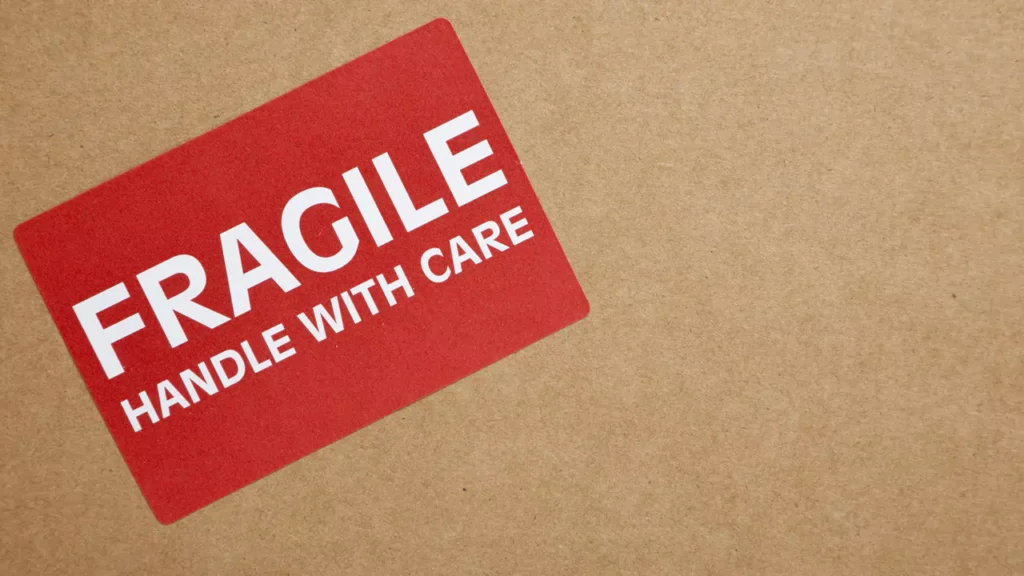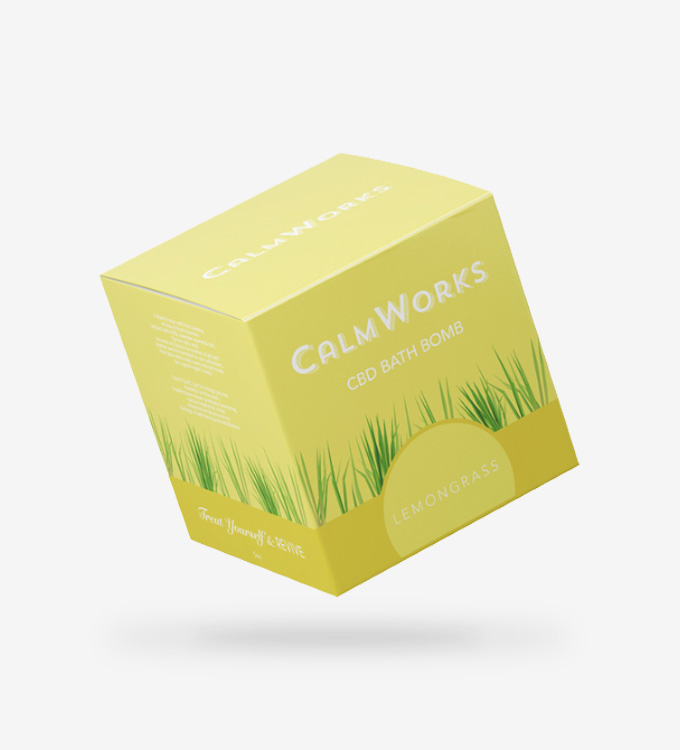Table of Contents
ToggleFragile items, whether it’s a family heirloom passed down through generations, a sleek and expensive electronic gadget, or a delicately crafted piece of artwork, require exceptionally careful packaging to ensure they arrive at their destination safe and sound. These items are not only susceptible to physical damage but often carry significant financial or emotional value.
Without proper protection, the risk of breakage, malfunction, or irreversible damage increases dramatically. That’s why choosing the right packaging materials like rigid boxes, techniques, and structural support is not just important, it’s essential for preserving both the form and function of your fragile valuables.
Why Fragile Items Demand Extra Care?
When it comes to packaging, not all items are created equal. Fragile products require special attention because of their vulnerability to breakage, distortion, or permanent damage during handling, storage, or shipping. These products, ranging from household glassware to complex electronics, carry unique physical traits that make them more susceptible to the mechanical stress and environmental changes that occur throughout the logistics chain.
Let’s explore what makes these items so delicate and why careful packaging is essential.
Glassware
Glassware is a classic example of fragility. Whether it’s a wine glass, a mirror, or a decorative vase, glass is inherently brittle. It has low tensile strength and does not flex under pressure, making it easy to fracture or shatter on impact or under sudden changes in pressure or temperature. Even minor mishandling, like dropping a package from just a few inches, can cause irreparable damage.
Protective measures such as cushioning materials and rigid boxes are critical for maintaining structural integrity during transport. The packaging must minimize movement within the box and isolate the product from external shocks.
Electronics
While electronics might seem more durable on the outside, their internal components are extremely delicate. Printed circuit boards (PCBs), solder joints, and other micro-components can suffer from vibrations or jostles during shipping. In more severe cases, even a short fall can break essential parts inside a device.
Therefore, electronics require antistatic bags, foam inserts, and secure outer packaging like rigid packaging boxes to prevent damage from both mechanical force and static electricity.
Ceramics and Porcelain
Ceramics and porcelain items, such as dishes, figurines, or tiles, are valued for their beauty and fine craftsmanship. However, these materials are also very brittle. They tend to crack, chip, or break when subjected to uneven pressure or sudden impacts. Small, sharp damages may render ceramic goods unusable or aesthetically ruined. This is especially important in industries like home décor, fine dining, or collectibles, where visual and structural integrity are critical. Proper padding, double boxing, and void-filling materials are essential to prevent these items from shifting and knocking into each other during transit.
Artwork and Antiques
Art and antique items often combine fragility with high value and emotional significance. These pieces may be one-of-a-kind, historically significant, or extremely valuable, both financially and sentimentally. They can also be sensitive to environmental factors like humidity, temperature fluctuations, or light exposure.
For instance, oil paintings may crack or warp in humid conditions, and antique wood may expand or shrink depending on the climate. These items not only need physical cushioning, but also climate-considerate packaging, like the inclusion of desiccants, insulation, and airtight sealing.
In many cases, rigid boxes lined with acid-free materials and custom foam inserts provide the kind of sturdy and stable environment these precious goods require.
Improper packaging can lead to:
- Financial Loss: Replacing damaged goods can be costly.
- Emotional Distress: Especially when sentimental items are involved.
- Reputational Damage: For businesses, damaged deliveries can tarnish brand image.
Top Packaging Materials for Fragile Items
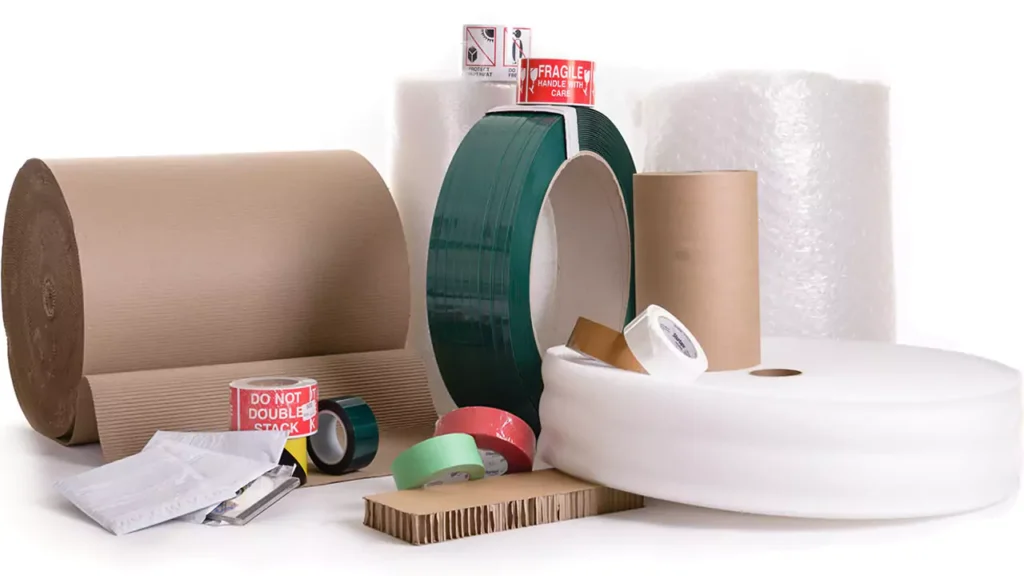
Selecting the right materials is the first step in ensuring the safety of fragile items:
Rigid Boxes
Rigid boxes are constructed from high-density paperboard, offering superior strength and durability compared to standard cardboard product boxes. Their sturdy structure provides excellent protection against external pressures and impacts. They’re ideal for high-value items like electronics, luxury goods, and delicate instruments.
Bubble Wrap
Bubble wrap consists of air-filled bubbles that cushion items against shocks and vibrations. It’s versatile and can be wrapped around various shapes and sizes. For optimal protection, multiple layers may be necessary.
Foam Inserts
Foam inserts can be custom-cut to fit the exact dimensions of the item, providing snug support and minimizing movement. They’re especially useful for electronics and delicate instruments.
Packing Peanuts
These small, lightweight pieces fill voids within the box, preventing items from shifting during transit. Biodegradable options made from cornstarch are available for eco-conscious packers.
Air Pillows
Inflatable air pillows are excellent for filling empty spaces and providing cushioning. They’re lightweight and can be reused, making them an economical choice.
Packing Paper
Unprinted newsprint or kraft paper can be used to wrap items or fill voids. It’s a cost-effective and recyclable option, though it offers less cushioning than other materials.
Antistatic Bags
Essential for electronics, antistatic bags prevent static electricity from damaging sensitive components. They come in various forms, including metallized film and polyethylene variants.
Eco-Friendly Packaging Options
Consider these eco-friendly alternatives:
- Biodegradable Packing Peanuts
- Corrugated Bubble Wrap
- Cassava Starch Packaging
- Reusable Packaging
Comparison Table: Top Packaging Materials for Fragile Items
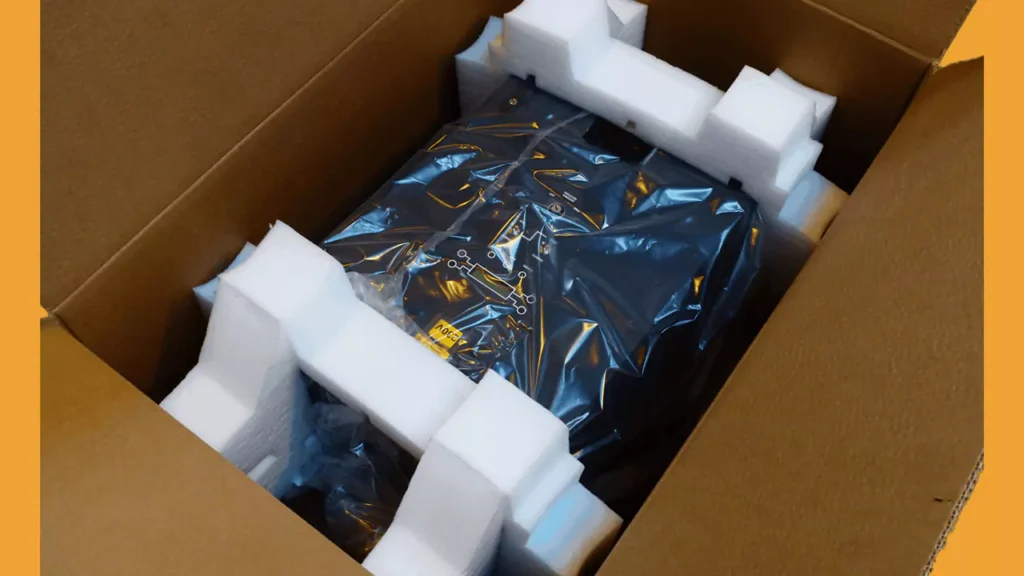
| Packaging Material | All fragile items | Key Benefits | Common Uses |
| Rigid Boxes | Glass, ceramics, electronics | Durable, stackable, customisable, premium protection | Electronics, luxury goods |
| Bubble Wrap | Electronics, high-value items | Shock absorption, cushioning, lightweight | Glassware, home decor |
| Foam Inserts | Moderate-fragile items | Custom fit, excellent vibration dampening | Smartphones, cameras |
| Corrugated Boxes | Lightweight fragile items | Affordable, recyclable, decent protection | Books, small appliances |
| Air Pillows | Odd-shaped items | Void filling, lightweight, reduces item movement | Accessories, beauty products |
| Packing Peanuts | Very delicate or heavy items | Fills empty space, prevents movement | Antiques, novelty items |
| Double Boxing | Extra layer of protection, shock resistance | Fine china, large electronics |
How to Pack Fragile Items Safely?
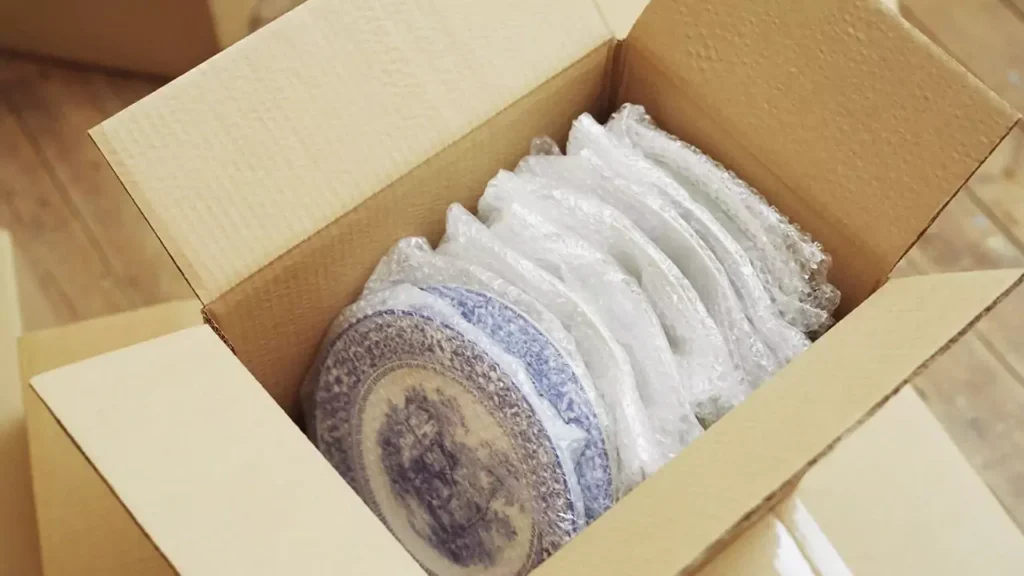
Proper packing involves more than just placing an item in a box. Follow these steps to ensure maximum protection:
Choose the Right Box
Select a box that’s slightly larger than the item to accommodate cushioning materials. For high-value or extremely fragile items, opt for rigid boxes for enhanced protection.
Wrap Each Item Individually
Use bubble wrap, foam sheets, or packing paper to wrap each item separately. This prevents items from scratching or damaging each other.
Use Dividers for Multiple Items
If packing multiple items in one box, use cardboard dividers or foam inserts to keep them separated and secure.
Fill Empty Spaces
Use packing peanuts, air pillows, or crumpled paper to fill any voids in the box. This prevents movement and absorbs shocks during transit.
Seal the Box Securely
Use strong packing tape to seal all seams and edges of the box. Consider using the H-taping method for added security.
Label Clearly
Mark the package with “Fragile,” “Handle with Care,” and “This Side Up” labels to inform handlers of the contents’ delicate nature.
Additional Tips for Packing Fragile Items
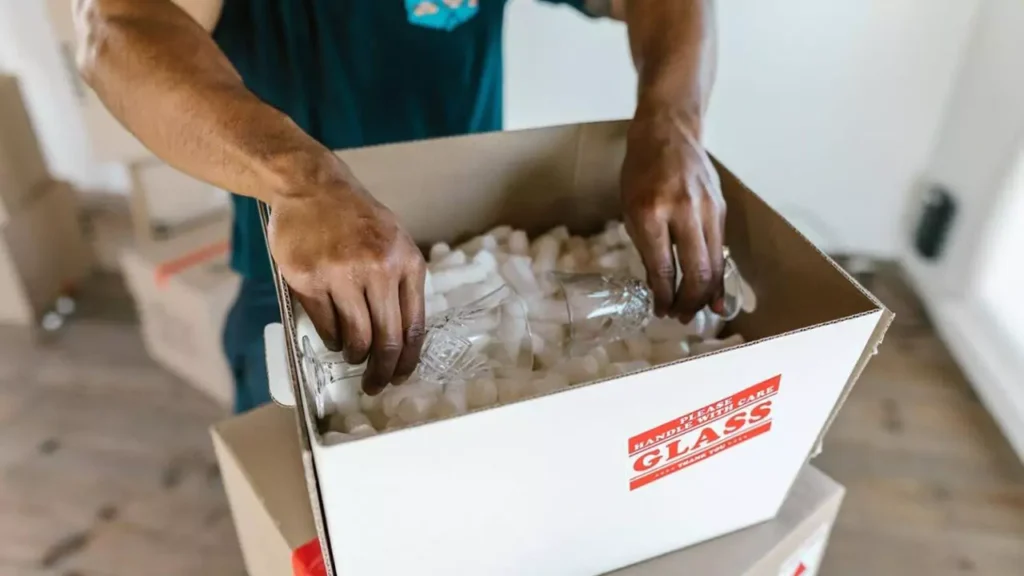
- Place the item in a smaller box with cushioning, then place that box inside a larger one with additional padding. This method offers extra protection against impacts.
- While it’s essential to prevent movement, overpacking can exert pressure on items, leading to damage.
- Before shipping, gently shake the box. If you hear movement, add more cushioning.
- For items sensitive to temperature or humidity, consider using desiccants or climate-controlled shipping options.
Where to Buy Rigid Boxes for Fragile Items?
When it comes to sourcing high-quality rigid boxes for fragile items, look no further than The Product Boxes. We specialise in custom packaging solutions designed to offer maximum protection and brand impact.
Enjoy wholesale rates, free delivery across the UK, and a fast turnaround time that ensures your packaging is ready when you need it. Our rigid boxes can be fully customised in size, design, and finish, perfect for glassware, electronics, ceramics, or luxury products. Contact us today to discuss your packaging needs and experience packaging that protects, impresses, and delivers.


